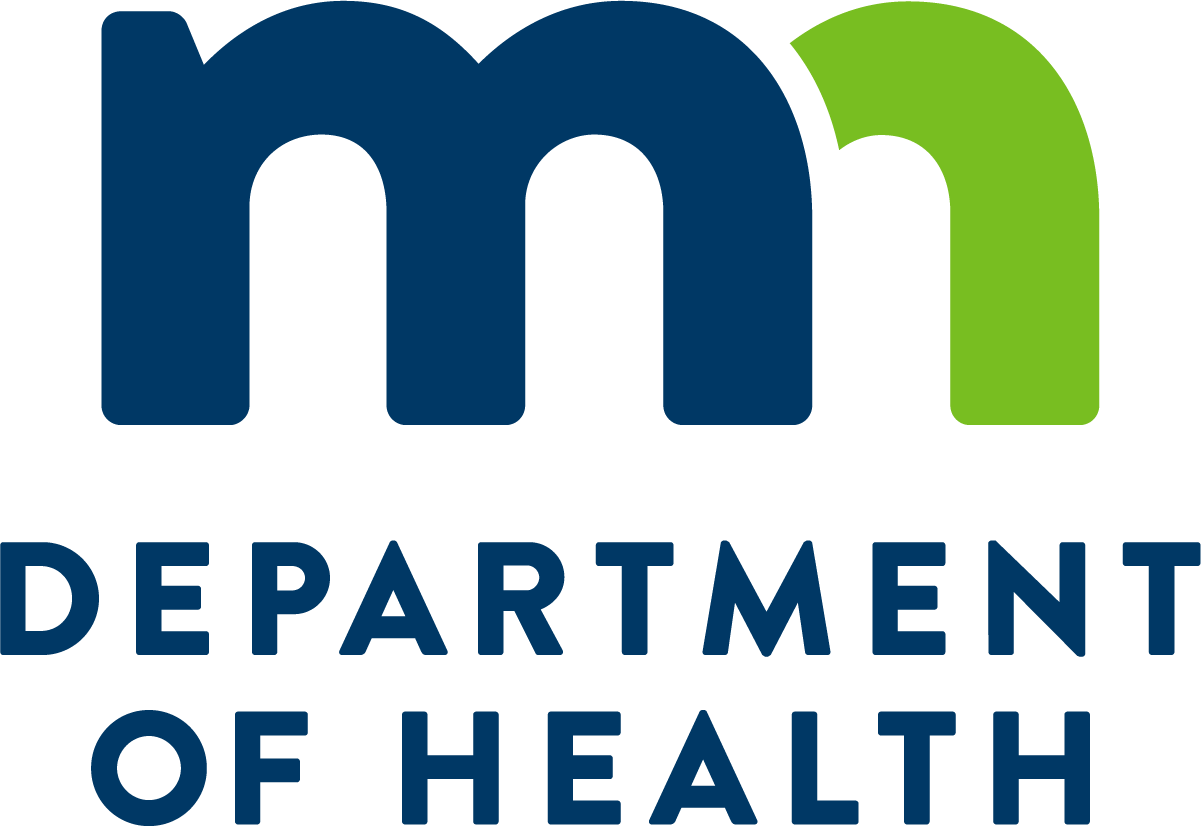This pilot tool is intended to help city/county planners, emergency managers, and public health professionals assess community vulnerability to extreme heat. The tool helps visualize datasets that contribute to a community’s vulnerability, including sensitivity (i.e., demographic, socio-economic, health, and environmental variables) and exposure (i.e., temperature-related variables). Variables can be mapped individually or layered to develop a composite score.
Get started by exploring the pre-loaded data below and then look at the data of most interest to your community. Pre-loaded sensitivity data show the change in projected population from 2018 to 2050 for three age groups at highest risk for heat-related illness in Minnesota. A composite score of the variables is determined by dividing each variable into quartiles from 1 to 4 (1-lowest to 4-highest) and then summing the quartiles across the variables. For example, in this case, a score of 12 means that the county is at the highest ranking for each variable, suggesting an increased risk for health impacts related to heat compared to other counties. Pre-loaded exposure data shows projected number of cooling degree days for 2050, which is used as a proxy to estimate cooling needs for buildings.
Many of the sensitivity variables come from the America Community Survey (ACS) and Esri. ACS and Esri use different methods for calculating their estimates, and thus, population estimates for each dataset are shown in the pop-up boxes. The data dictionary provides detailed information on the source of each variable and in some cases how it was calculated.
Interested in learning more? Read our User Guide, and check out our Model Heat Vulnerability Assessment for Ramsey County for an illustration of how to package the maps and data into a stakeholder report.


